Razer’s latest mouse pad is made of etched tempered glass and is aimed at gamers with professional mice. In this regard, the atlas should be understood as another step in the direction, because glass mouse pads are by no means a new phenomenon, but so far they are clearly assigned to a special niche.
2 kg glass should be kept away from the sun and heads
It measures 450 x 400 mm, has a thickness of 5 mm, weighs about 2 kg and costs 120 €. We are talking about the mouse pad Thermal hardened Soda-lime silicate glass With 2 micron etched texture f Oil-hating Coating on one side and non-slip silicone on the other. Razer promises excellent gliding capabilities with low drag, quiet operation, and high resistance to scratches and dirt. Rounded corners and edges as well as the improved tensile strength of the glass should protect it from injury, though the product page isn’t stingy with warnings.
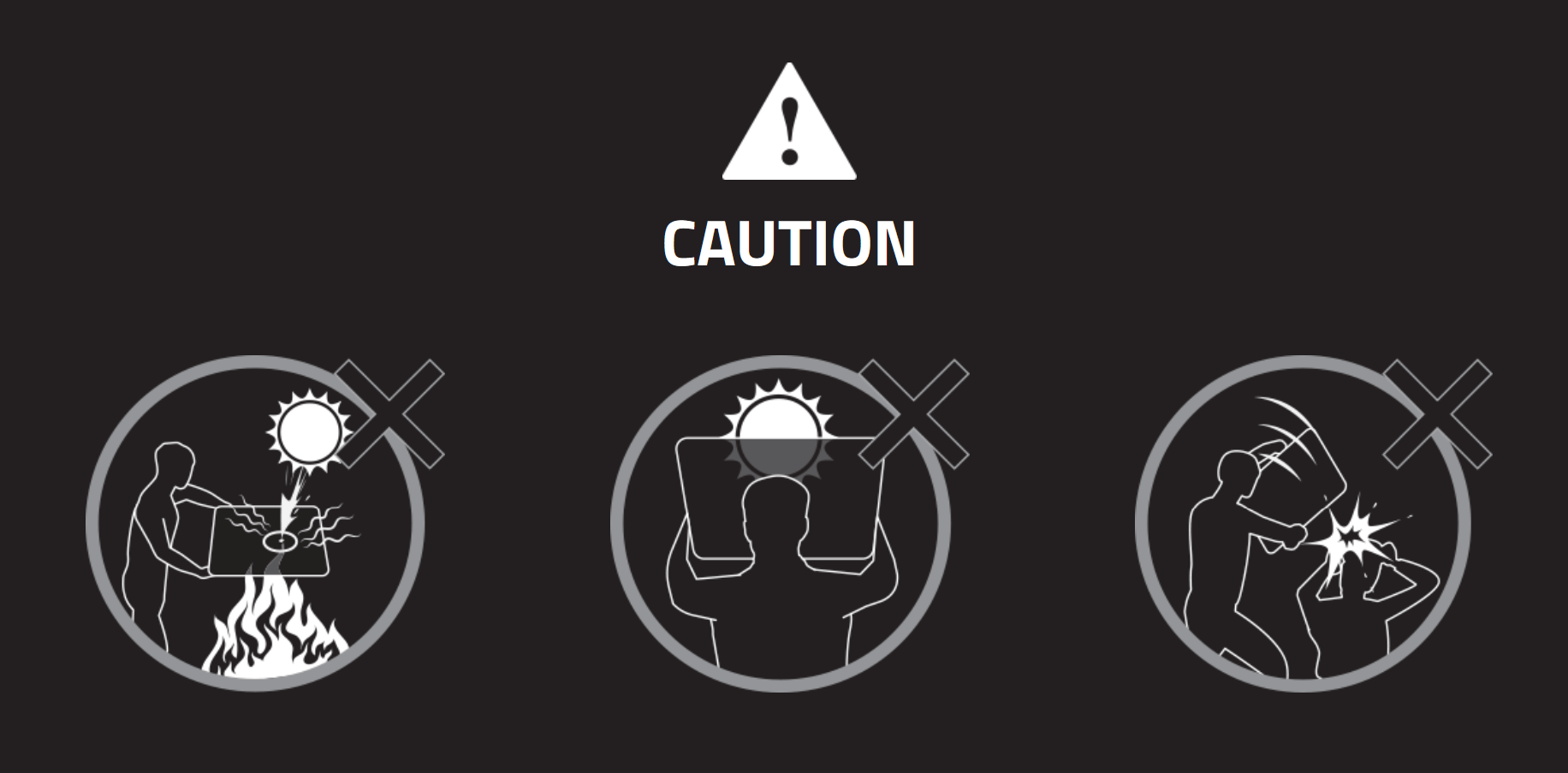
Not only does Razer warn that the optional black or white glass panel should not be exposed to direct sunlight, but it also notes that the Atlas should not be used to hit other people on the head.
Glass mouse pads aren’t new, but they are rare
The modern optical sensors in gaming mice are optimized for use on classic mouse pads fine fibres Or other fabrics with a fine textured surface: this material allows it to combine with mouse feet from PTFE Good sliding properties on the one hand, and it also provides the right texture for an LED optical scanner. However, for many years, there have also been hard mouse pads made of plastic or glass, which tend to offer less resistance and friction and therefore – depending on the player’s preference – represent an excellent option.
The Problem: With the triumph of LED sensors and the gradual disappearance of laser sensors from gaming mice, more and more products have had to accept a major limitation of glass: optical sensors don’t typically work on transparent or reflective surfaces. It’s true that mouse pads don’t use perfectly smooth glass, but rather a rough material in a way; But the performance on cloth mouse pads is usually superior. This in turn has led some manufacturers to produce mouse feet made of glass to achieve similar sliding properties; Most famous in the rat community are the Pulsars Superglides Aluminum silicate glass. The problem with this: The mouse pad material wears out exponentially.
(Not only) for Razer’s Pro range
In the summer of 2022, Razer introduced a new model of its sensor, the PAW-3950, developed in collaboration with PixArt, which, despite scanning, also works perfectly on glass surfaces. Accordingly, the manufacturer is also promoting the new Atlas mouse pad as a suitable counterpart to the PAW-3950-based Pro models.
This, in turn, does not mean that Razer mice or older or cheaper models from other manufacturers do not run on Atlas. Still, the idea that buyers of a €160 e-sports mouse or even a €320 magnesium mouse skeleton would also like to buy a €120 glass mouse pad is obvious.

“Prone to fits of apathy. Zombie ninja. Entrepreneur. Organizer. Evil travel aficionado. Coffee practitioner. Beer lover.”





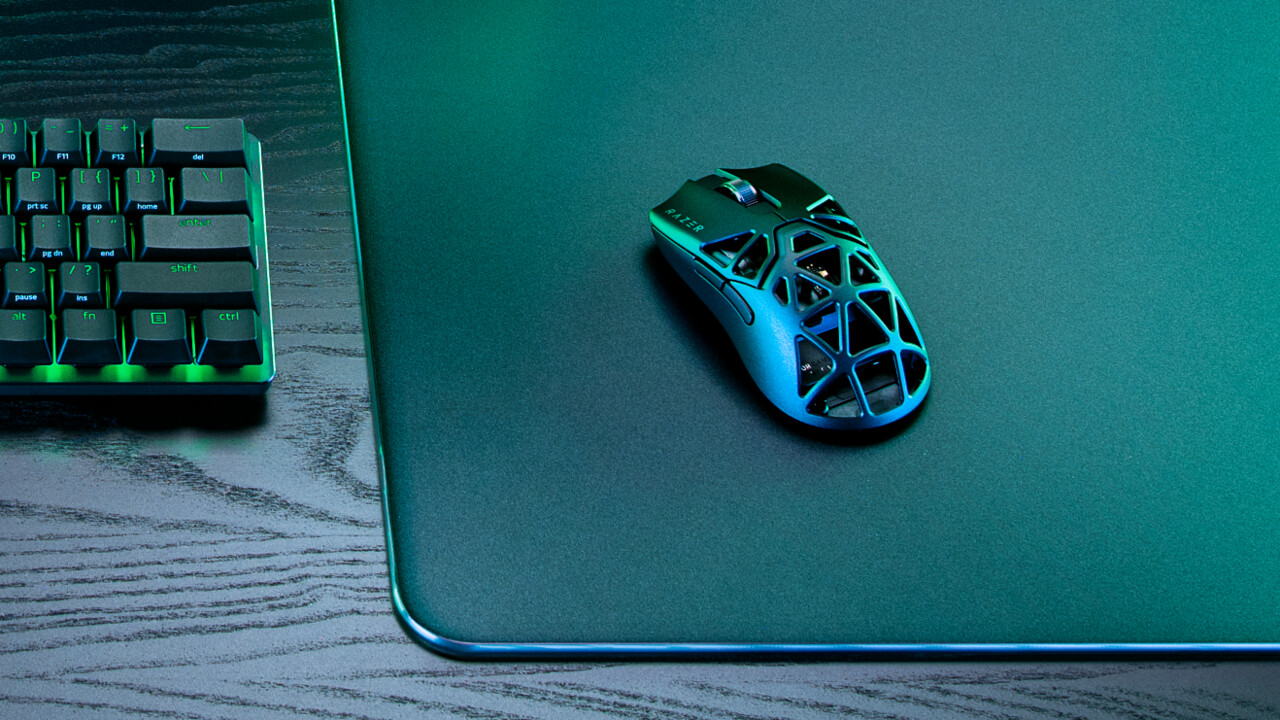
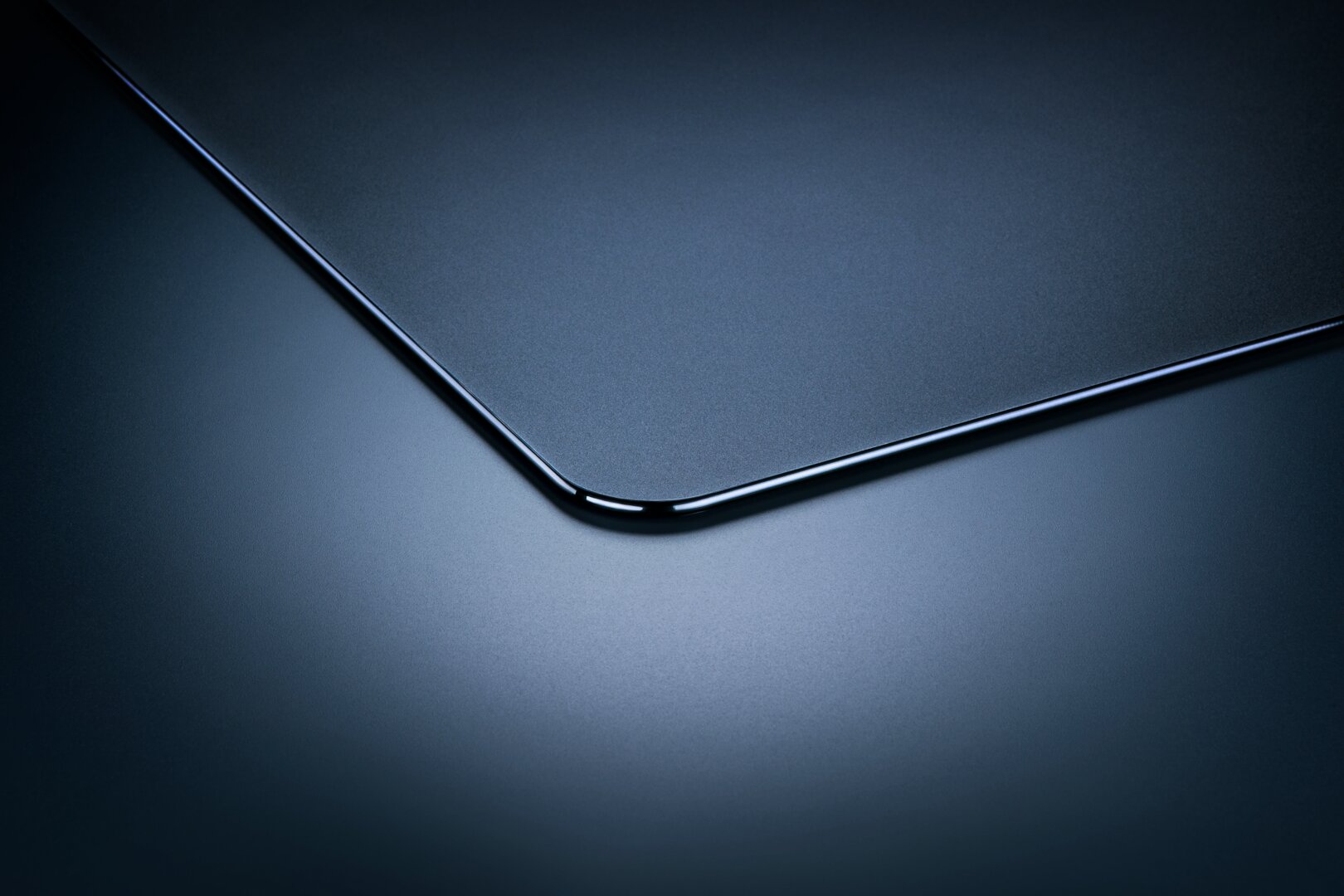
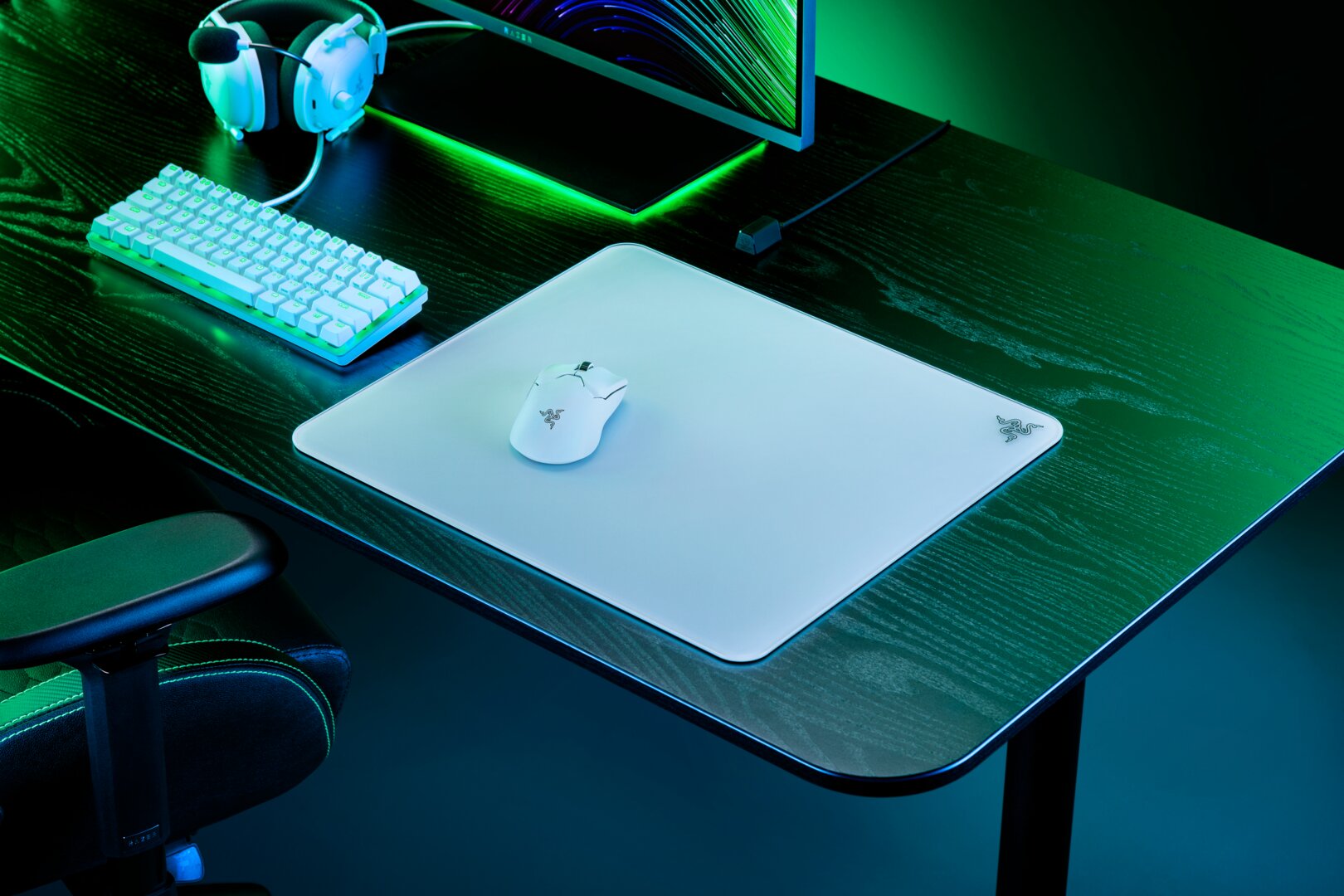
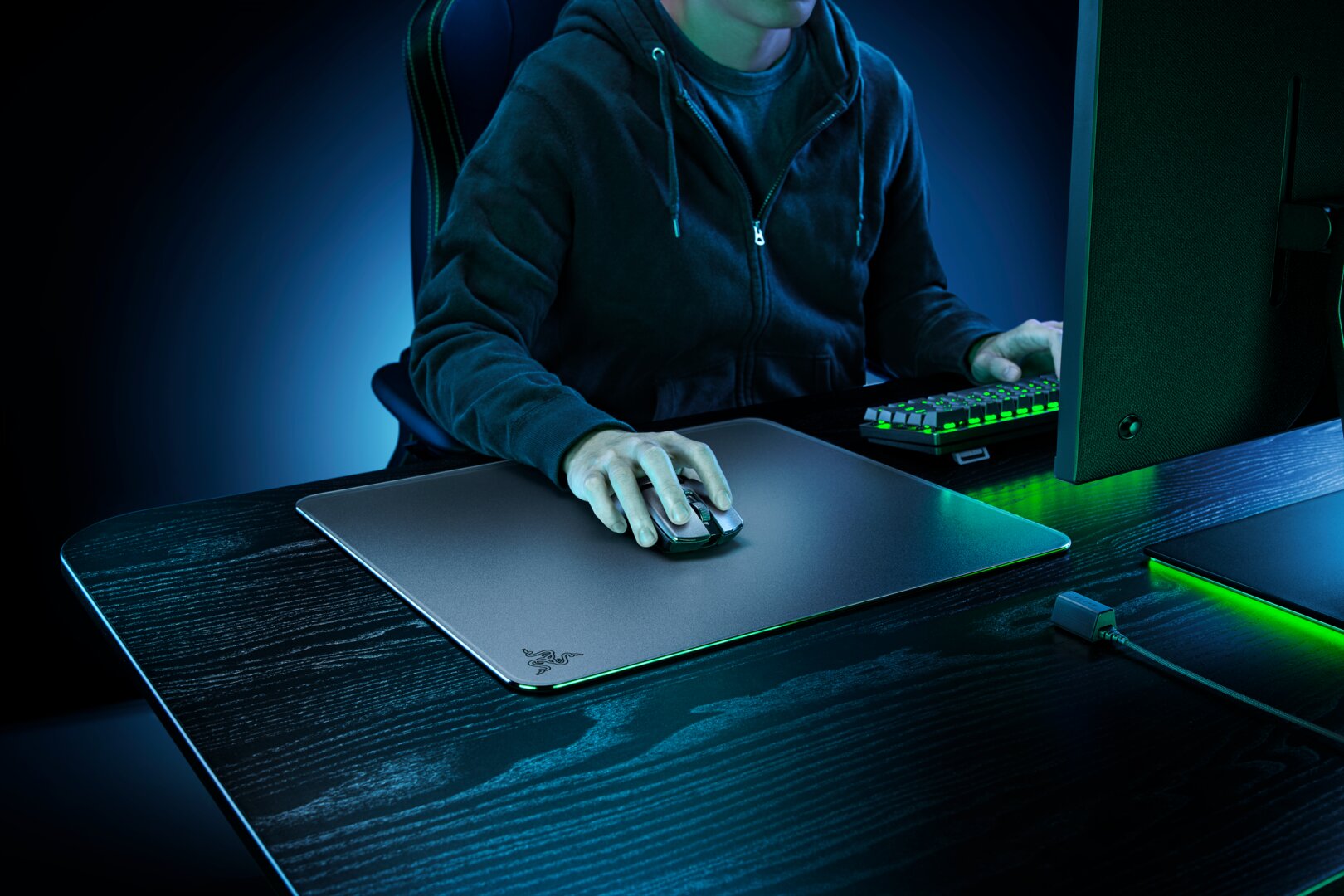

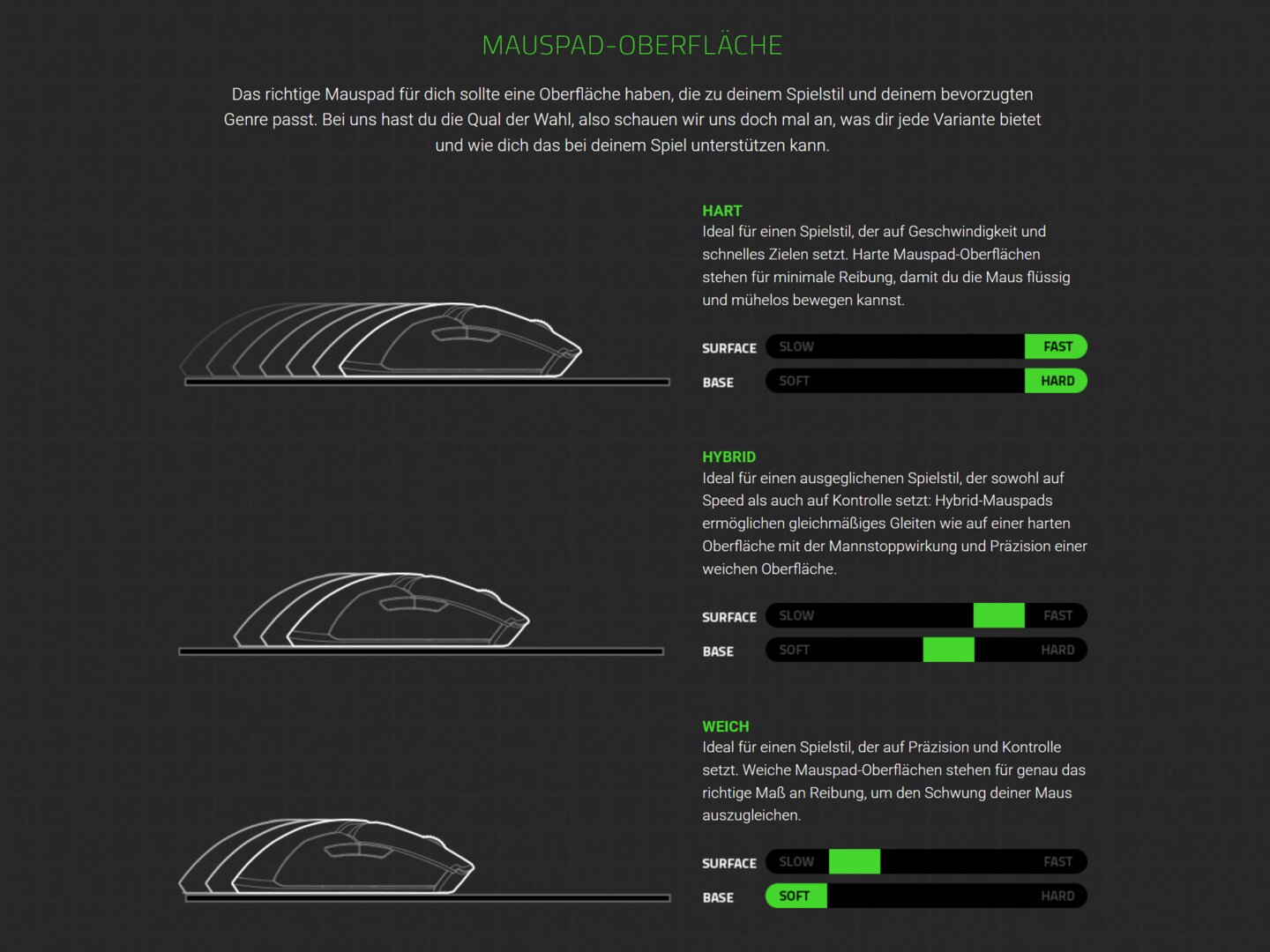
More Stories
Pokémon Go Hyperbonus Raid Day with Mega Lucario – Here’s What You Need to Know
Researcher warns of fire in space – “one of the most dangerous scenarios in space travel”
Gamescom 2024: Asus partners with Webedia